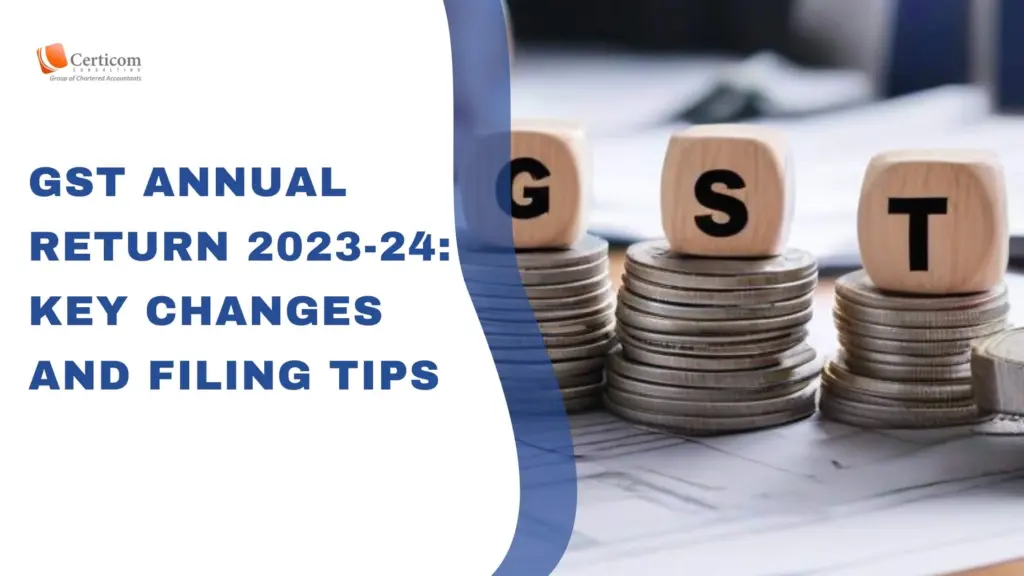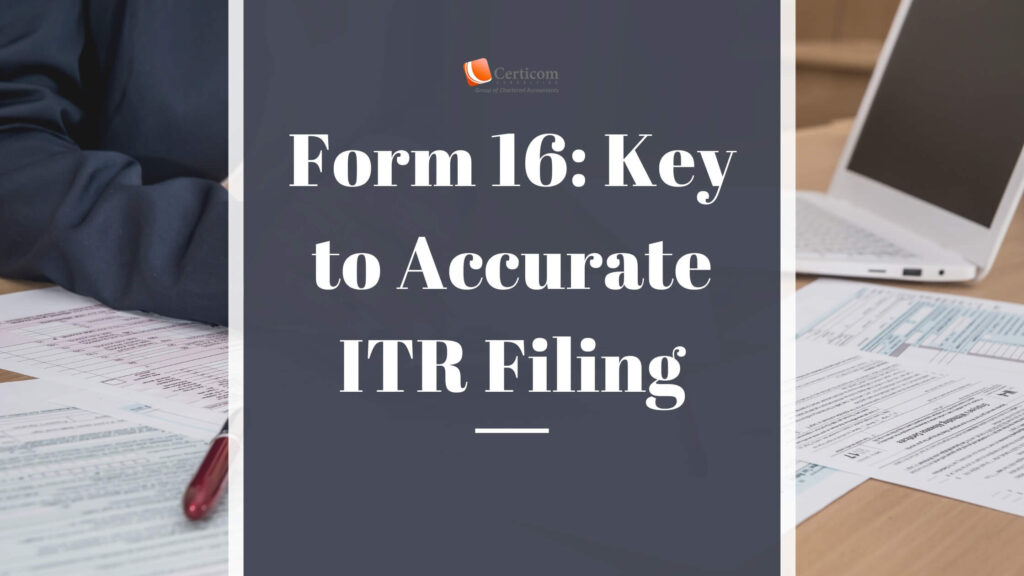Key Changes in GST Annual Return for FY 2023-24: A Guide to Filing Without Errors

The GST Annual Return filing season is here, and it’s crucial for registered taxpayers to ensure accuracy to avoid potential mismatches, particularly with Input Tax Credit (ITC). The GST annual return for FY 2023-24 must be filed on or before December 31, 2024. However, there are several changes in the process that taxpayers need to understand to ensure smooth compliance.
Who Needs to File the GST Annual Return?
GST-registered taxpayers, except those in specific categories, must file the annual return in Form GSTR-9. Exceptions include:
- Input Service Distributors
- Persons paying tax under TDS/TCS
- Casual taxable persons
- Non-resident taxable persons

For taxpayers with a turnover of up to ₹2 crores, filing the GST annual return is not mandatory for FY 2023-24.
For businesses with turnovers exceeding ₹2 crores, the following rules apply:
- Turnover ₹2-5 crores: Filing GSTR-9C (reconciliation statement) is optional.
- Turnover above ₹5 crores: Filing GSTR-9C is mandatory.
Changes in GSTR-9 for FY 2023-24
The most notable update in the GSTR-9 relates to the sourcing of ITC details in Table 8A. Previously, ITC details in Table 8A were auto-populated using data from GSTR-2A, a statement of inward supplies. Starting from FY 2023-24, Table 8A will now derive its data from GSTR-2B.
What is GSTR-2B?
GSTR-2B is an auto-drafted statement reflecting ITC based on invoices uploaded by suppliers in their respective GSTR-1 returns. This change is expected to:
- Simplify the reconciliation process.
- Minimize manual efforts by taxpayers.
Implications of the Change
Switching from GSTR-2A to GSTR-2B emphasizes the need for taxpayers to ensure their suppliers upload invoices promptly. Any delays or errors in supplier filings can lead to discrepancies, requiring additional effort to reconcile ITC claims.
- Table 8A: Now populated based on GSTR-2B, reflecting eligible ITC.
- Table 8D: Highlights discrepancies between ITC claimed and ITC auto-populated for reconciliation purposes.
Additionally, Table 6 of GSTR-9 will report ITC based on actual utilization for the financial year as per returns filed.

Key Steps for Accurate Filing
To avoid mismatches and ensure compliance:
- File Monthly/Quarterly Returns First: Ensure all monthly or quarterly returns (under the QRMP scheme) are filed before starting the annual return. GSTR-9 data is auto-populated from these returns.
- Monitor GSTR-2B Closely: Regularly check GSTR-2B to ensure all eligible ITC is captured.
- Reconcile ITC Claims: Compare ITC in GSTR-3B with GSTR-2B data to avoid mismatches.
The new approach of using GSTR-2B for auto-populating ITC in GSTR-9 aims to improve accuracy and reduce errors. However, it places greater responsibility on taxpayers to maintain data accuracy and coordinate with suppliers. Proactive monitoring and timely action will help ensure smooth filing for FY 2023-24.
For further assistance with GST compliance, consider reaching out to experts to navigate the complexities of annual return filing and reconciliation.
Related Post
Flipkart ESOP Compensation: ₹11 Crore Payout – Salary or Capital Receipt?
Form 16: Key to Accurate ITR Filing
Book A One To One Consultation Now For FREE
How can we help? *




